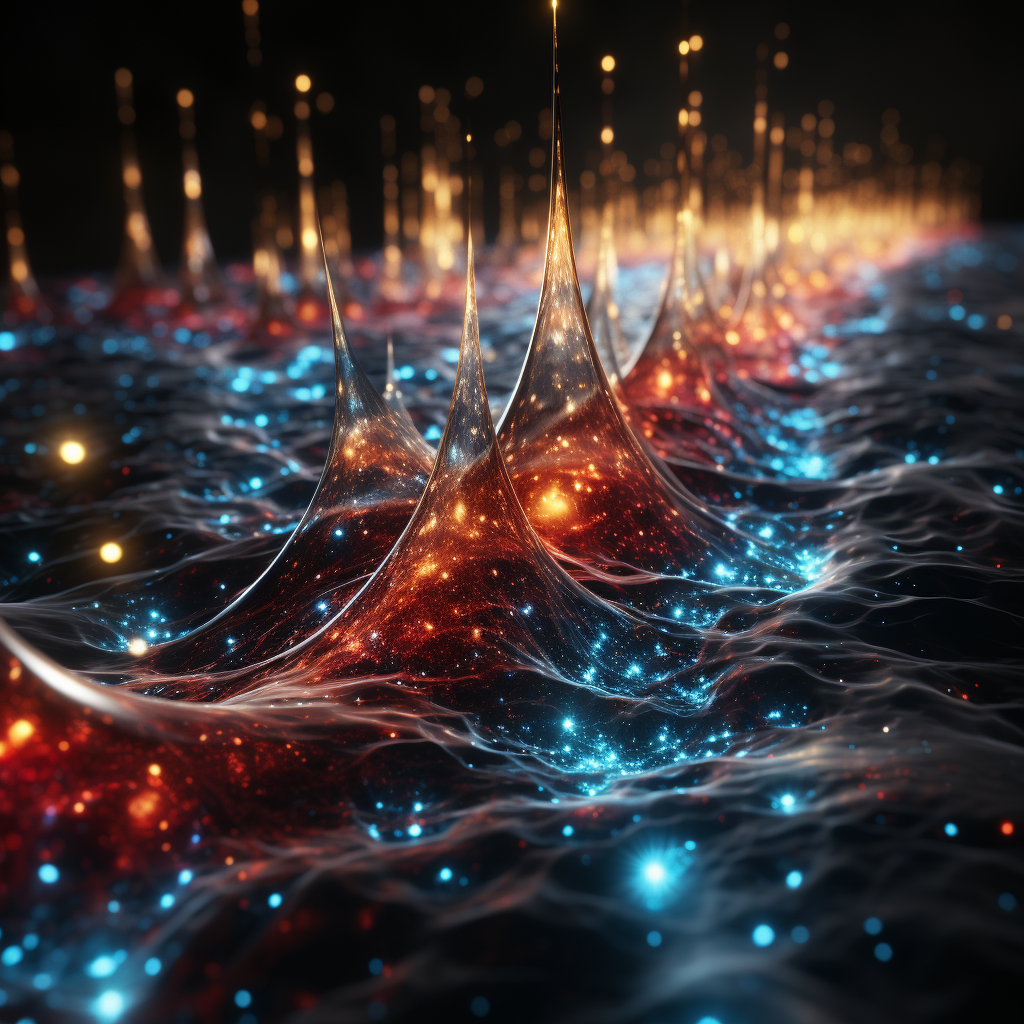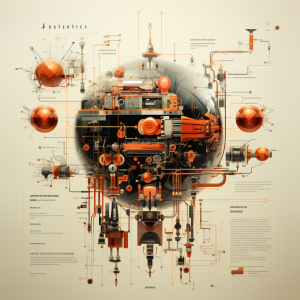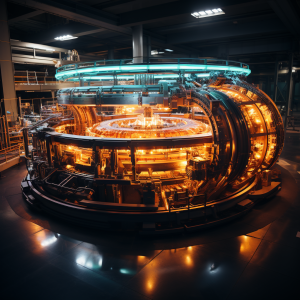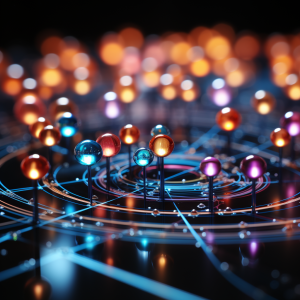
What is the wave-particle duality of light and matter?
Wave-particle duality is a core tenet of quantum mechanics, introducing the mind-bending concept that all particles exhibit both wave-like and particle-like properties. To fully appreciate this duality, we’ll explore its emergence in the historical context, its experimental underpinnings, its mathematical formalism, and its philosophical implications.
Historical Context
In the early 19th century, the scientific consensus was that light was a wave, largely thanks to Thomas Young’s double-slit experiment that showed interference patterns typical of waves. However, in the early 20th century, things began to change. In 1900, Max Planck postulated that light energy was quantized to explain blackbody radiation, suggesting a particle-like behavior. Albert Einstein took this further in 1905, proposing the photon concept to elucidate the photoelectric effect, solidifying the particle view of light.
Experimental Evidence
The crux of wave-particle duality is embodied in the double-slit experiment. If we perform it with light or even matter particles like electrons, and if we fire the particles one at a time, we see a build-up of an interference pattern on the detection screen, characteristic of wave behavior. This happens despite each particle seeming to land as a discrete, localized particle, which is particle-like behavior. Therefore, particles exhibit wave-like behavior when propagating and particle-like behavior upon measurement.
Further experimental confirmations came from phenomena such as Compton scattering, showing the particle-like collision behavior of light, and electron diffraction, showcasing the wave-like behavior of matter.
Mathematical Formalism
Quantum mechanics provides the mathematical machinery to handle wave-particle duality. The cornerstone is the Schrödinger equation, which describes the wave-like behavior of a quantum system. Solutions to this equation are wavefunctions, mathematical descriptions of quantum states, containing information about all possible outcomes of measurements, represented as a superposition of states.
The Born rule gives the link to the particle-like properties. It states that if we measure the position (or any other property) of a particle, we get definite results, and the probability of each result is given by the square of the wavefunction. After the measurement, the wavefunction “collapses” to the state corresponding to the result, a decidedly particle-like behavior.
DeBroglie Hypothesis and Matter Waves
The wave-particle duality extends to matter as well. Louis deBroglie, in his 1924 PhD thesis, proposed that all matter, not just light, has a wave-like nature. He formulated the de Broglie wavelength, λ = h/p, where h is Planck’s constant, and p is momentum of the particle. This was experimentally confirmed by Clinton Davisson and Lester Germer in 1927 when they observed diffraction of electrons, a wave phenomenon.
Philosophical Implications and Interpretations
Wave-particle duality challenges our classical, intuitive understanding of reality. How can something be both a particle and a wave? Various interpretations of quantum mechanics attempt to resolve this, ranging from the Copenhagen interpretation, which avoids any physical explanation and adheres strictly to the mathematical formalism, to the Many-Worlds interpretation, positing that every quantum event spawns new, parallel universes.
Conclusion
Wave-particle duality, ingrained in the fabric of quantum mechanics, profoundly altered our understanding of the universe. Light and matter are neither strictly particles nor waves; they exhibit behaviors of both, depending on how we examine them. This duality, a quintessential quantum concept, underpins technologies such as lasers and electron microscopes and continues to incite philosophical debates on the nature of reality. As Feynman famously said, “I think I can safely say that
nobody understands quantum mechanics.” Yet, it’s the best theory we have for describing the universe at its most fundamental level.




